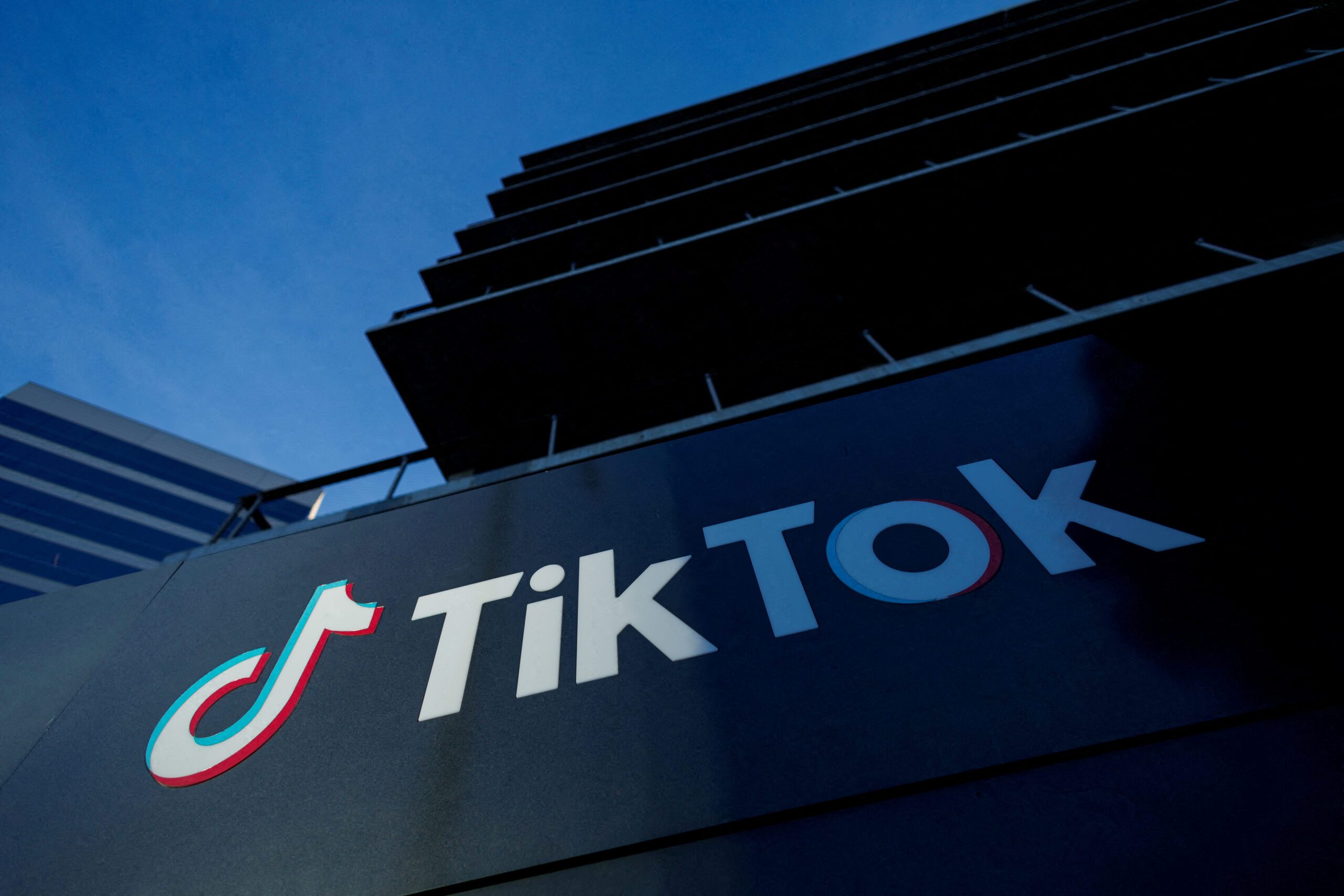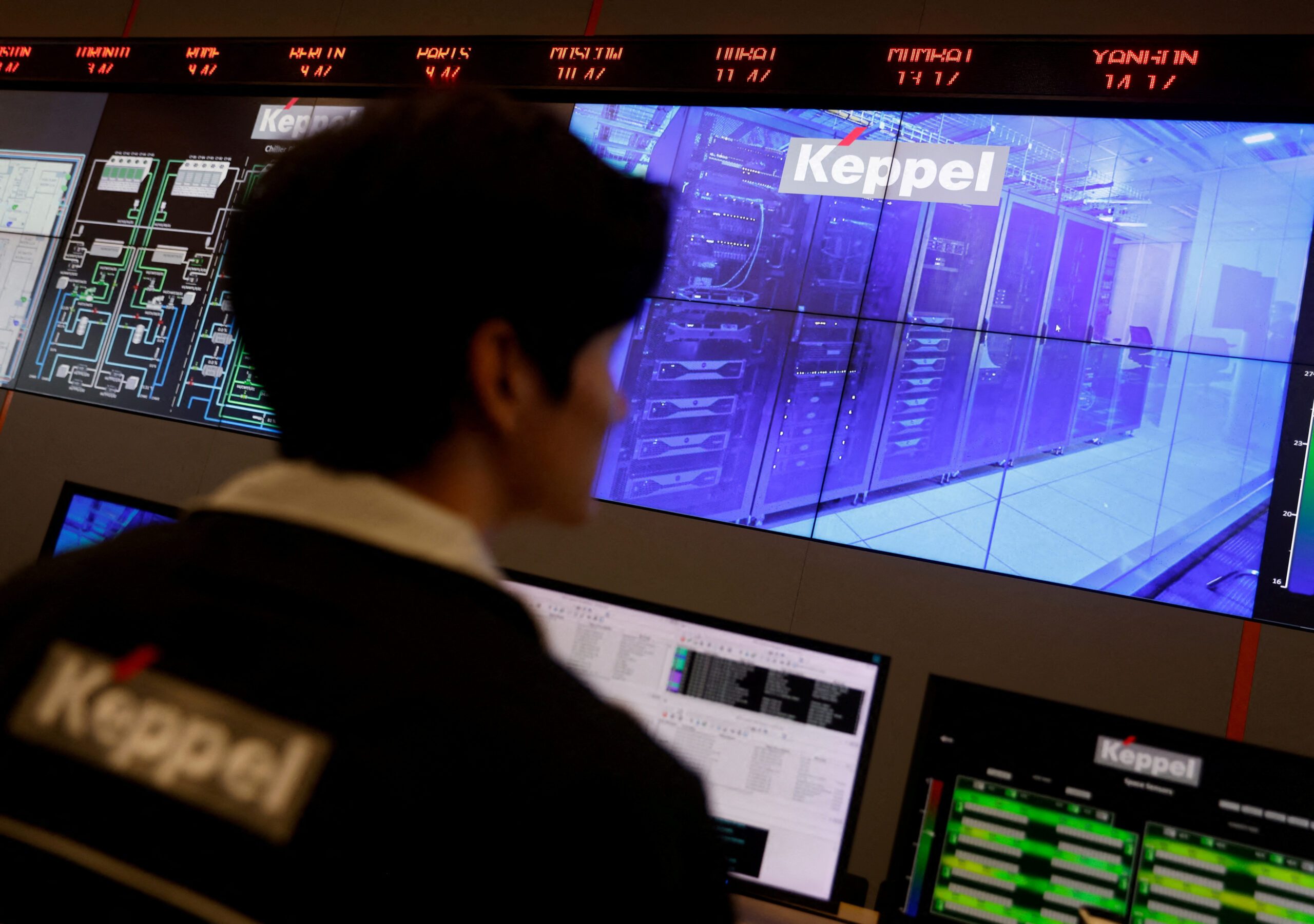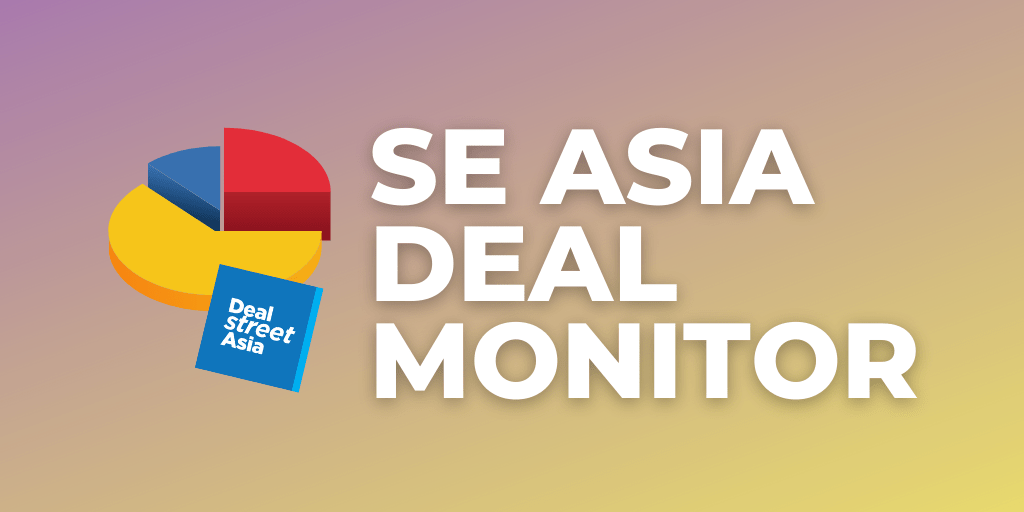TOKYO, Japan — China In 2020, Baowu Steel Group overtook ArcelorMittal as the world’s largest steelmaker by volume, marking the first time a Chinese business has climbed to the top of the list in 19 years. Even while domestic demand remained robust, China’s steelmakers underwent massive streamlining efforts to reduce overcapacity. China has emerged as a steel superpower, surpassing senior industry stalwarts like Japan, with seven of the top ten producers currently situated in the country. According to the World Steel Association, Baowu’s crude steel production increased by 21% to 115.29 million tons last year, owing in part to its acquisition of compatriot Taiyuan Iron & Steel (Group). HBIS Group and Jiangsu Shagang Group, both from China, rose from fourth and sixth rank in 2019 to third and fourth place, respectively. In 2020, Chinese enterprises benefited from the country’s early economic recovery from the coronavirus-induced depression, in addition to massive restructuring efforts to create scale. Due to robust domestic demand, China’s monthly crude steel output reached three new records last year. While Chinese firms gained ground, competitors were squeezed in markets still reeling from the pandemic. ArcelorMittal, situated in Luxembourg, had a 19% drop in output. This was the first time the firm or its predecessors, Arcelor and Mittal Steel, has fallen out of first place since Arcelor’s merger with Mittal Steel was allowed in 2001. Arcelor was established in the year 2002. Nippon Steel of Japan dropped from third to fifth place. Domestic demand and scale also give Chinese companies a competitive advantage in terms of profitability. Baowu unit Baoshan Iron & Steel earns $106.20 per ton in earnings before interest, taxes, depreciation, and amortization. Except for exceptional earners like Posco, which has maximized efficiency by operating only two steel mills, this is a relatively high figure for the industry. China has not always been the steel industry’s leading player. In 1990, one of Nippon Steel’s predecessors had led the list, and four Japanese businesses were among the top ten. Steel is used in a variety of industries, from infrastructure to autos, and it serves as a barometer of a country’s economic health. According to IHS Markit, Japan had a market share of roughly 40 percent to 50 percent in shipbuilding throughout the 1980s and 1990s, peaking at 53 percent in 1984. Japan’s automakers were likewise making rapid progress around the world.
In 2006, Aditya Mittal was seen with his father, Lakshmi Mittal.
Arcelormittal’s CEO is Aditya Mittal, and the company’s founder, Lakshmi Mittal, serves as executive chairman. According to Reuters
Following the establishment of the European Union in the early 2000s, the industry saw significant consolidation. Early in the decade, three European steelmakers joined to form Arcelor, while Mittal Steel was formed through an acquisition in 2005. Then, in 2006, world leader Mittal bought second-placed Arcelor, establishing ArcelorMittal. In 2010, ArcelorMittal produced 98.2 million tons of crude steel, more than twice as much as the next largest steelmaker. Another watershed moment in the sector occurred in 2008, when the global financial crisis struck. Even while developed economies slowed, causing ArcelorMittal to lay off thousands of people, Chinese steelmakers saw domestic demand rise as a result of the government’s 4 trillion yuan ($616 billion) stimulus package. However, the rapid expansion of China’s steel industry resulted in an anticipated excess capacity of 200 million tons by 2012. Beijing retaliated by launching an industry-wide campaign to close inefficient and superfluous facilities, focusing on large government-owned businesses. The combination of Baosteel and Wuhan Iron & Steel, which resulted in Baowu, was the centerpiece of the reform. Magang was acquired by the corporation in 2019 as part of a series of acquisitions. In April, it was disclosed that Ansteel Group and Ben Gang Group were planning to unite. China continues to lead the world in steel production, accounting for nearly 60% of worldwide output and exceeding 1 billion tons. Chinese steelmakers’ decisions have a significant impact on the market for steel products and raw resources. “Everything is reliant on China,” said Eiji Hashimoto, head of Nippon Steel in Japan. China’s arsenal isn’t restricted by sheer amount of manufacture. Several Chinese steelmakers spend more than 2% of revenues on research and development. Baoshan spends 2.6 percent of revenue on research and development, whereas HBIS spends 2.4 percent. Meanwhile, R&D investment at Japanese steelmakers and Posco in South Korea is less than 2% of revenue. This discrepancy has aided Chinese players’ technological advancement. After giving the quality stamp of approval, Toyota Motor has decided to purchase certain electrical steel sheets from Baowu for use in electric vehicles. Decarbonization research and development is also receiving more attention. China’s steel sector is looking to grow internationally. According to some predictions, the local steel industry will reach its peak in two years, placing pressure on enterprises to capture external demand to sustain development. “The year 2021 will be the year of globalization,” Baowu Chairman Chen Derong remarked. “We’ll look into buying Western businesses as well.”/n
Read More
_2048x1152.jpg?width=1024&height=512&fit=cover&gravity=faces&source=nar-cms)



